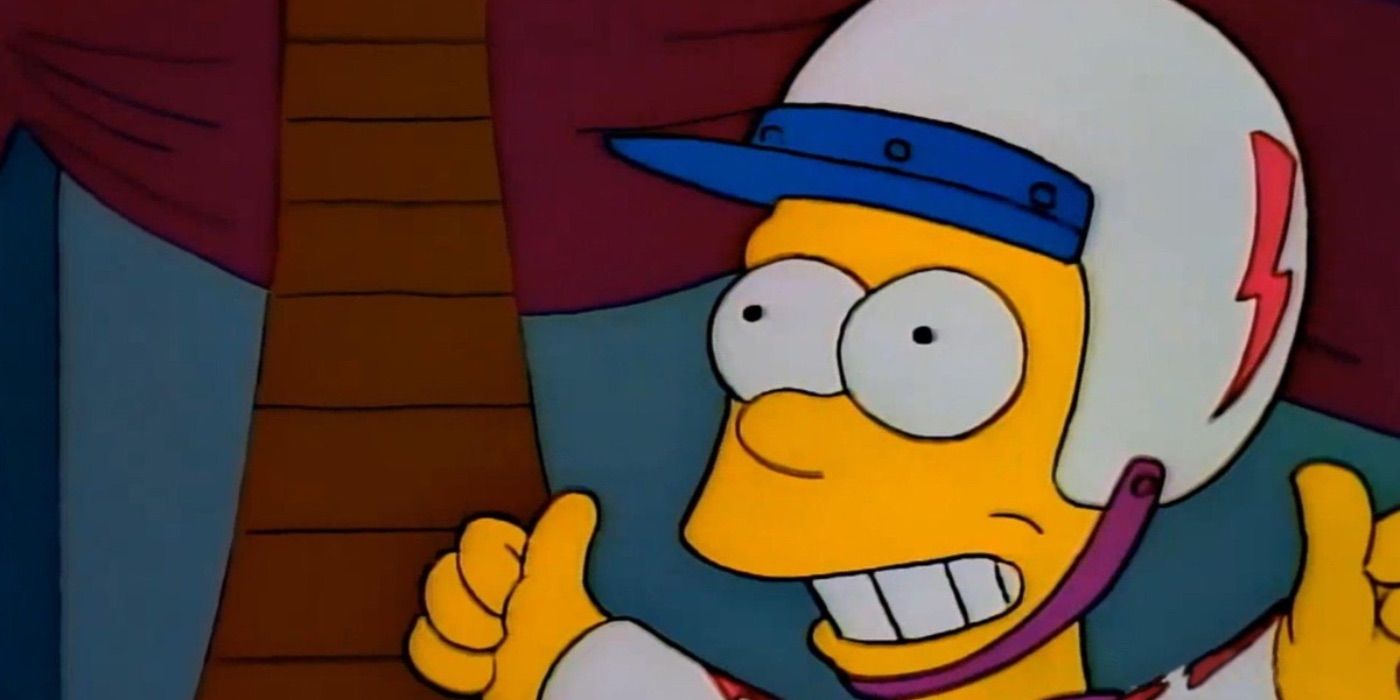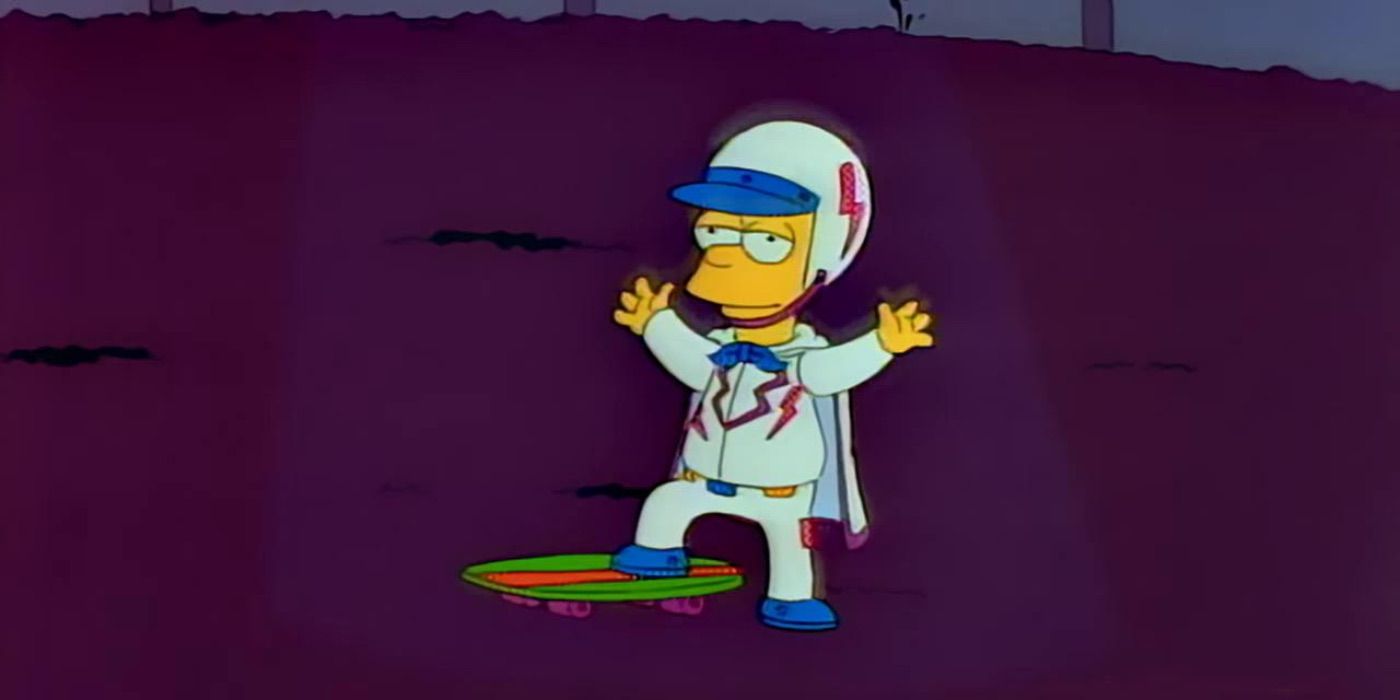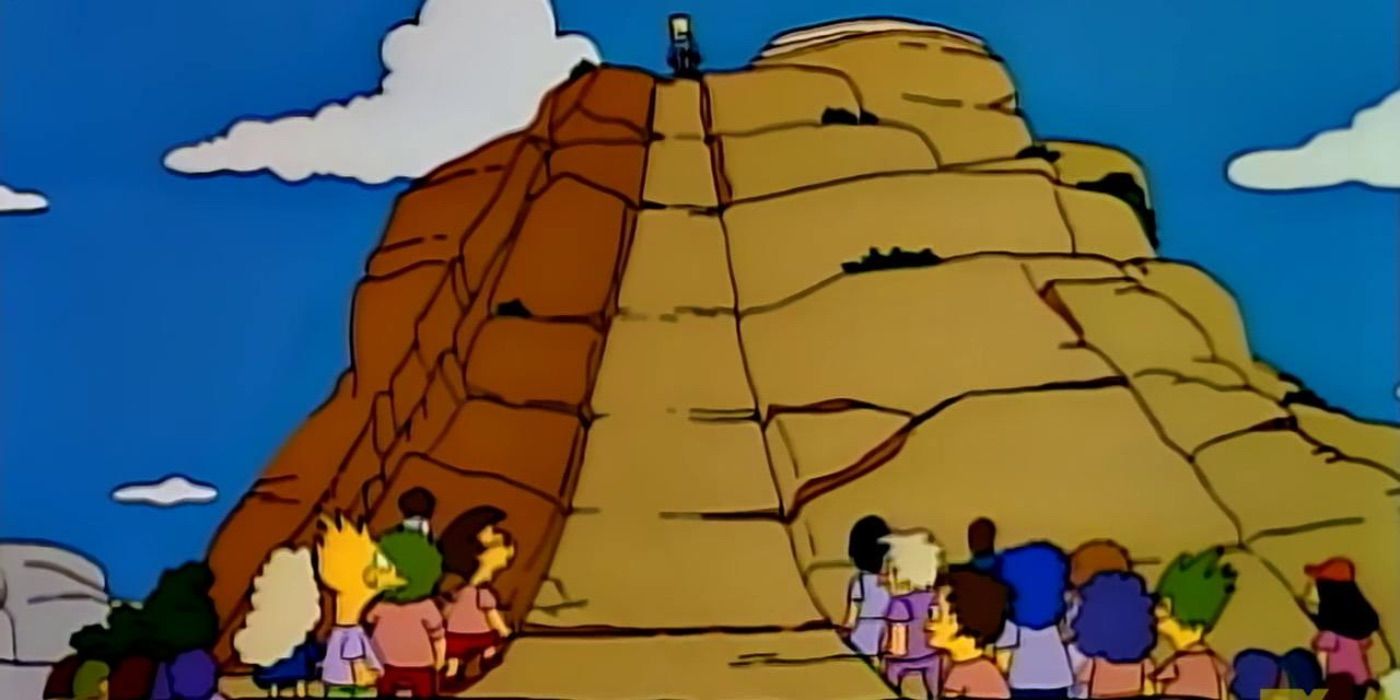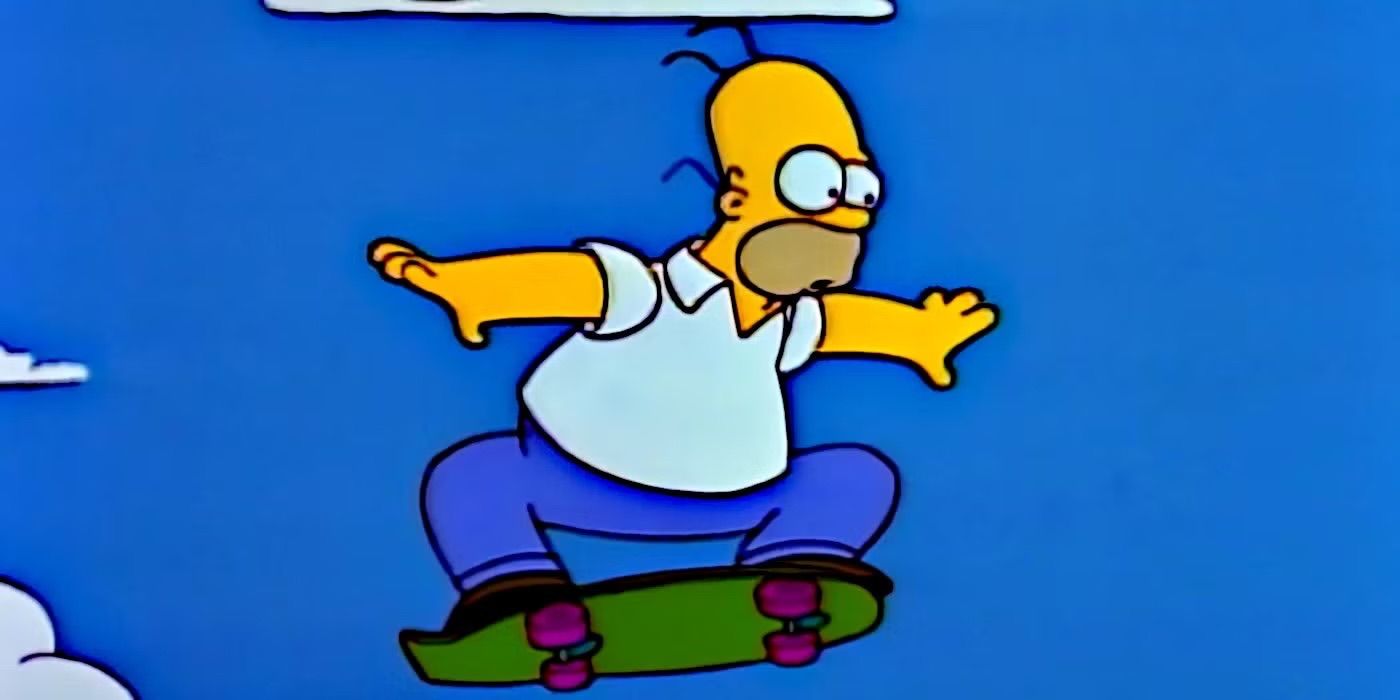
From 1989 onwards, “The Simpsons” has become an essential part of American pop culture. With its abundance of recurring jokes and simple humor, it also skillfully tackles contemporary issues and aspects of society. Despite moments that can seem childish or immature, the distinctive yellow family has left an indelible mark on television.
Because the popularity of the show has spread worldwide, it can be challenging for fans to single out their most beloved scenes. Despite the fact that the series has ended, viewers continue to admire its subtle details and find humor in its satirical take on different aspects of society. Remarkably, an episode from Season 2 is particularly cherished by Matt Groening, demonstrating that The Simpsons remains a classic sitcom that will stand the test of time.
“Bart the Daredevil” Shows the Titular Character as a Standard Little Boy




In “Bart the Daredevil,” the story unfolds as Bart develops an intense fascination for an approaching monster truck show, specifically the colossal Truckasaurus. Eager not to lose out on this spectacle, Homer and Bart hurry through Lisa’s performance in order to arrive at the event promptly. Amidst a significant parking mix-up, they eventually settle down to watch Lance Murdock, a renowned daredevil, perform his stunts. Witnessing the stuntman narrowly escaping a fatal fall ignites Bart’s desire to emulate such feats, setting the stage for further daring adventures.
After garnering some backing from his friends, Bart announced to his schoolmates that he planned to leap over Springfield Gorge on his skateboard. Predictably, Homer tried to dissuade him, but these discussions merely strengthened Bart’s resolve. The day of reckoning finally arrived, and as Bart prepared for his perilous stunt, Homer intervened, attempting the jump in an effort to teach him a lesson about danger. As anticipated, Homer tumbled to the ground twice and sustained numerous gruesome injuries. Fortunately, Bart grasped the importance of not imitating actions from TV, albeit temporarily.
| Written By | Directed By | Original Air Date | IMDb Score |
|---|---|---|---|
| Jay Kogen & Wallace Wolodarsky | Wes Archer | December 6, 1990 | 8.3/10 |
Initially, this episode appears to follow the same pattern as previous ones, adhering to a familiar “Hero’s Journey” outline. Bart finds himself yearning to become an exceptional daredevil, but his repeated failures only fuel his determination. However, an unexpected obstacle arises that makes him reconsider and distances him from the opportunity. In the end, Bart learns a valuable lesson, resolving the situation, and setting the stage for the next episode. Yet, “Bart the Daredevil” significantly alters how viewers see this young character.
Initially, Bart appeared as a one-dimensional mischievous child primarily focused on annoying his father. However, this specific episode challenges these stereotypes and instead presents him as an ordinary boy learning about the world. At this stage, Bart is developing opinions but hasn’t yet learned to fear or perceive threats. Thus, in just one episode, Bart transitioned from a sole antagonist to a multi-dimensional representation of how children react when they become fixated on specific things.
It might be contended that “Bart the Daredevil” significantly transformed Homer. Prior to this episode, Homer behaved much as he had before, working diligently to provide for his family while growing increasingly agitated when they seemed unappreciative or acted in ways that challenged his authority. This portrayal, however, showed Homer as a deeply caring father who struggled to express his love effectively. He aimed to guide Bart on the right path but lacked the appropriate words to articulate his thoughts, resorting instead to fear-based parenting techniques reminiscent of traditional fathers. In the end, he made amends, using his own foolishness to demonstrate to Bart that reckless behavior isn’t always the best course of action. Ultimately, this episode resulted in a softer Homer, who may be ineffective but is well-loved by fans for his endearing qualities today.
The Famous Gorge Scene Is Still Referenced Today
Interestingly, when viewers consider memorable Simpsons episodes, “Bart the Daredevil” often doesn’t make the cut. Instead, they tend to recall more intricate and distinctive episodes such as “Homer’s Enemy” or “Mr. Plow”. However, the infamous gorge scene has been referenced numerous times across the show’s extensive history, indicating that it remains significant within the series’ narrative. In Season 4, Episode 18, titled “So It’s Come to This: A Simpsons Clip Show”, the family shares their favorite moments from their recent past. The episode then extends the final scene, showing Homer falling into the gorge a second time and a gurney landing on his head. Contrary to common belief, this segment isn’t a deleted scene; it was specifically animated, even for this particular episode. This suggests that the show intends to delve deeper into this event, as well as its captivating animation, regardless of whether it serves purely comedic purposes.
This episode of the show, much like The Simpsons, employs a method known as breaking the fourth wall. In an episode titled “The Blunder Years” from Season 13, Homer recalls leaping over a gorge while under hypnosis. Lisa, in a sarcastic tone, comments, “Everyone’s tired of that memory,” explicitly acknowledging to the viewers how often this scene has been reenacted. Notably, it was also referenced in The Simpsons Movie, a fact that fans tend to remember best.
Regarding the episode “Bart the Daredevil” from Season 2, it has managed to remain relevant over the years. Fans continue to admire the animation, particularly the depiction of Homer’s numerous injuries at the end, but it’s the story that truly shines. The scene where Bart jumps the gorge is more than just a humorous moment; it symbolizes the depth of Homer’s affection for his family. As such, even after many years have passed, viewers often link Bart and Homer’s bond with this outrageous stunt, which aligns perfectly with the Simpson family’s eccentricities.
Bart the Daredevil Kicked Off a Whole New Side of The Simpsons
It’s challenging to pinpoint exactly when The Simpsons achieved such great success, but many believe that the episode “Bart the Daredevil” played a significant role in catapulting the show to even greater heights. This installment offered an opportunity for the series to explore the boundaries of animation and narrative while maintaining its relatable appeal. In an interview from 2000, Matt Groening himself declared “Bart the Daredevil” as his preferred episode, largely due to its comedic elements. He emphasized:
Apart from its hilariously absurd finale, The Simpsons began portraying its characters as less intelligent compared to their earlier depictions. Initially, the Simpson family was dysfunctional but maintained an element of sophistication and self-awareness. However, after Homer’s fall into the gorge, a shift occurred, and the writers were given more freedom to make the characters seem less intelligent. This change didn’t prevent the Simpsons from sliding down the social ladder, but it certainly boosted the show’s popularity. The release of the “Do the Bartman” music video followed closely after this episode, further capitalizing on the series’ growing fame.
It’s crucial for fans to understand the cultural impact of this particular episode. Not only did it become synonymous with “Do the Bartman,” but it also marked significant shifts in the show’s storylines and overall narrative. Even though “Bart the Daredevil” may not have been as popular as some later episodes or garnered much attention since its debut in 1990, it played a key role in shaping the iconic animated series we know today.
Read More
- 50 Ankle Break & Score Sound ID Codes for Basketball Zero
- Who Is Harley Wallace? The Heartbreaking Truth Behind Bring Her Back’s Dedication
- 50 Goal Sound ID Codes for Blue Lock Rivals
- Mirren Star Legends Tier List [Global Release] (May 2025)
- KPop Demon Hunters: Real Ages Revealed?!
- Elden Ring Nightreign Enhanced Boss Arrives in Surprise Update
- 100 Most-Watched TV Series of 2024-25 Across Streaming, Broadcast and Cable: ‘Squid Game’ Leads This Season’s Rankers
- Here’s Why Your Nintendo Switch 2 Display Looks So Blurry
- How to Cheat in PEAK
- Death Stranding 2 Review – Tied Up
2025-05-17 06:25